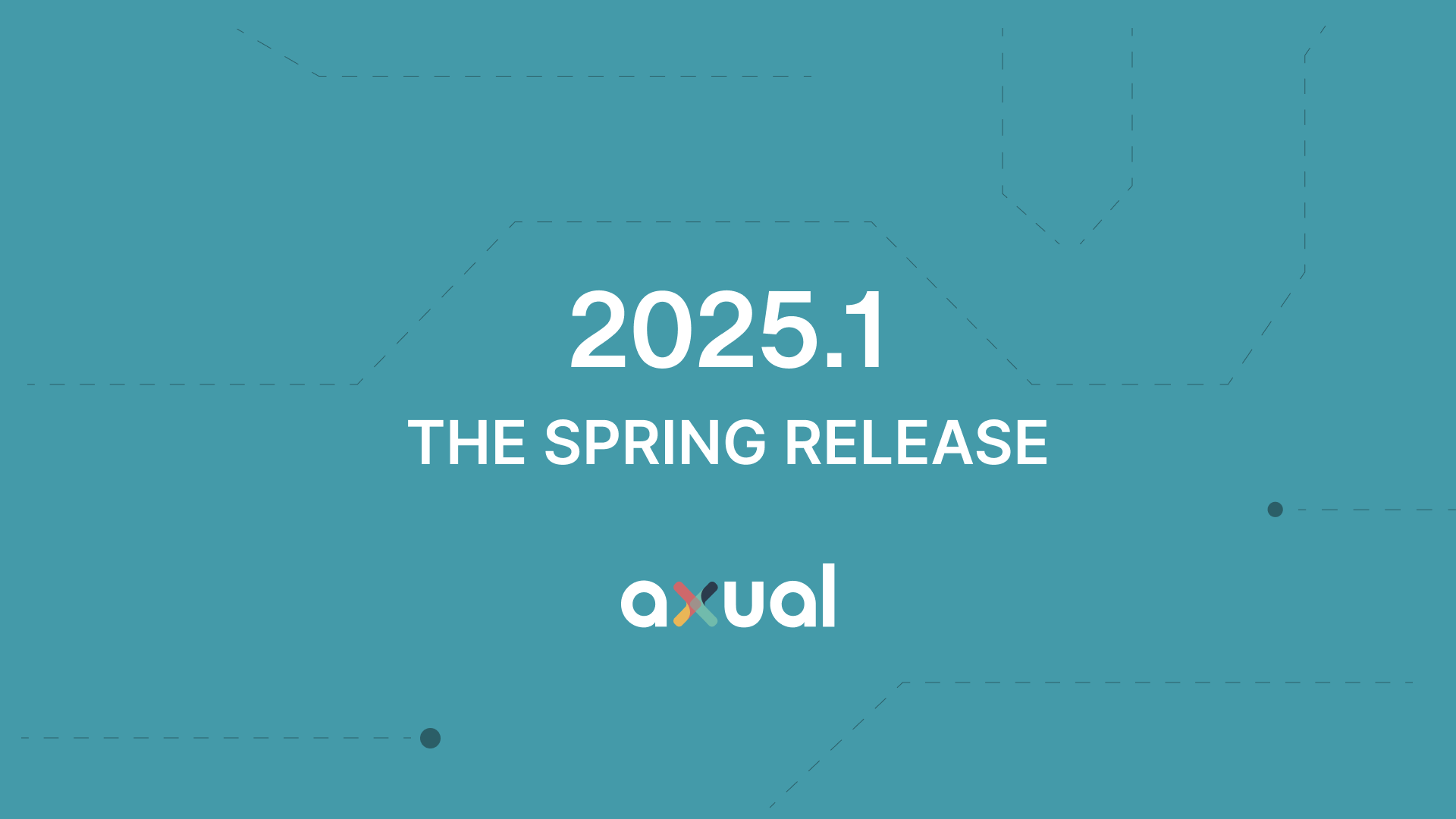On this page
What is Apache Kafka
Learn about Apache Kafka and its ecosystem in 20 minutes.
Apache Kafka, a scalable, community-distributed event streaming platform and publish-subscribe messaging system, serves as the backbone for thousands of businesses, and for good reasons. It isn’t just another tool in the tech toolbox; it’s the powerhouse behind countless businesses, driving innovation and scalability in the digital landscape. Picture it as the beating heart of a vast network, pulsating with data streams and insights that fuel the operations of both internet giants and traditional enterprises alike. Kafka’s scalability makes it a preferred choice not only for Internet unicorns but also for traditional companies across various industries like the finance and energy industry. Presently, approximately 80% of Fortune 100 companies rely on Apache Kafka.
Apache Kafka History
Kafka was originally developed at LinkedIn to address internal stream processing needs that traditional message queueing systems couldn't fulfill. Its first version was released in January 2011, and it rapidly gained traction, becoming one of the most popular projects under the Apache Software Foundation. Today, Kafka is primarily maintained by Confluent, the company founded by its original creators, with contributions from major organizations like IBM, Yelp, Netflix, and others.
What are the potential benefits it offers to my company
This widespread adoption is driven by the necessity of accessing integrated data streams to develop innovative and disruptive services. Additionally, it plays a crucial role in augmenting traditional transactional data sources with factors such as page likes, clicks, searches, and suggestions. This enriched data is vital for understanding customer behaviors and extracting valuable insights through predictive analytics.
While this may all seem new and potentially overwhelming with the influx of information, Axual can assist you during this journey, harnessing the full potential of Apache Kafka effortlessly. Axual provides a comprehensive platform for managing clusters, simplifying operations, ensuring scalability, and maximizing the value of your data streams. Whether you’re a seasoned Apache Kafka user or just getting started, Axual offers intuitive tools and expert support to streamline your Kafka deployment and utilization.
Start with Kafka
Looking for a headstart on Apache Kafka? The Axual Platform is the ultimate way to organize Apache Kafka. Try it now for free and find out how easy Kafka can be.
Apache Kafka – The Need of Today
Why is Apache kafka such a big deal? Well, for starters, it’s scalable and open-source, meaning it can handle the demands of both the agile startups and the established corporations. In today’s digital age, having access to a continuous flow of integrated data is like having a direct line to thoughts and actions. It can handle trillions of events per day. The unique aspect of a log-based solution like Apache Kafka compared to a traditional message queue lies in its foundation on a distributed commit log. Unlike a regular message queue, Kafka operates as more than just a messaging system; it essentially maintains a continuous record of data changes across multiple sources, enabling efficient and reliable data processing at scale.
Since its open-source launch in 2011 by LinkedIn, Apache Kafka has evolved from a simple solution to a more complex, full-fledged event streaming platform. It was initially designed to solve the issue of low-latency assimilation of huge volumes of event data originating from the LinkedIn site and infrastructure, into a lambda architecture, harnessing real-time event processing frameworks and Hadoop. The prominent feature is the “real-time” processing. There was no such solution at that time for this kind of real-time applications access. Nowadays, it handles trillions of events per day.
The working model
Apache Kafka became a publish-subscribe system that delivers persistent, in-order, scalable messaging. It has topics, publishers and subscribers. It can partition message topics and facilitate high-scale parallel consumption. Messages written to Apache Kafka are stored and replicated to help brokers be fault tolerant while messages remain available for a defined time period.
The key is the log. Developers sometimes get confused after hearing the term “log,” since they primarily understand “logs” in the context of application logs, while in this case, it is actually the log data structure. The log is simply a time-ordered, append-only series of data inserts which can be anything; in Apache, it’s an array of bytes.
Each partitioned topic translated to a set of log files where produced messages are stored. These logs are replicated across brokers to prevent data loss on broker failures.
The messages are stored independent of subscribers. Subscribers can keep track of their position in a partition. This allows subscribers to move back in time and replay messages without the need for producing the messages again, and for new subscribers to process messages that were produced in the past.

Where can Apache Kafka fit in?
It has become a popular tool for enterprises. It is easy to pick up and offers a powerful platform with 4 APIs:
Producer API
Consumer API
Streams API
Connect API
Often, developers start with a single use case. Using Apache Kafka as a message buffer as workaround for a legacy database that is unable to bear today’s workloads, or the Connect API to keep the database in-line with associated search indexing engine, for processing data as it arrives with Streams API to highlight aggregations right back to the application.
With its versatility and adaptability, Apache Kafka seamlessly integrates into various data architectures, serving as an ideal foundation for implementing Change Data Capture (CDC) and ensuring real-time synchronization across distributed systems.
Apache Kafka for real time data processing
Apache Kafka plays a big role in real-time data processing, enabling organizations to efficiently manage and analyze vast streams of data as they are generated. As detailed in the blog from Axual, real-time data processing is essential for businesses that rely on immediate insights to drive decision-making and enhance customer experiences. Kafka serves as a distributed event streaming platform that allows data to be ingested and processed in real time, making it an ideal choice for applications requiring rapid data handling. Its ability to handle high-throughput data streams ensures that businesses can respond to events as they happen, empowering them to harness real-time analytics and optimize their operations effectively. For a deeper understanding of the fundamentals and benefits of real-time data processing, check out the full blog post about real time dataprocessing here.
Kafka for real-time event streaming
Real-time event streaming makes it possible to collect and process data from various data sources in real time. This allows you to extract meaning and insights from your data as soon as it's generated, which enables faster, better-informed decision-making.
To learn more about how Kafka powers real-time event streaming, check out our detailed blog on "What is Real-Time Event Streaming.
Key Apache Kafka use cases
The vast development of the digital world, particularly in the 21st century, has led to the generation of a massive volume of data. Therefore, any company that wants to remain relevant today and the near future must learn how to handle a huge amount of data through a flexible, robust, and scalable platform. Is Apache Kafka suited for this? The answer is Yes! Some use cases you can think of are:
- Messaging systems
- Activity Tracking
- Gather metrics from many different locations, for example, IoT devices
- Integration with Big Data technologies like Spark, Flink, Storm, Hadoop.
Axual offers you several use cases to get more information.
Find all apache Kafka use cases here
Introducing Apache Kafka to your business
We hear you thinking, “All sounds very interesting and useful but what if this is all new to my team. Or even if the company wants to implement Apache Kafka and change data capture from scratch. Where do I start, what obstacles I need to be aware of.”
Starting from scratch with and implementing change data capture (CDC) can indeed be a daunting task. Especially if your team or company is new to these concepts. You can also choose to simplify your Kafka implementation. Axual offers a complete event stream processing platform based on open-source, extending it with self-service capabilities. With Axual, teams can easily set up and manage data streams through an intuitive, graphical interface.
Here’s how you can start the process by yourself and what obstacles you should be aware of upfront
First, you embark on a journey of discovery together. You dive into the world of Kafka and CDC, unraveling their complexities one concept at a time. Through workshops, online courses, and shared learning sessions, your team gradually gains the knowledge and confidence they need to tackle the task ahead.
As you delve deeper, you define the use cases that will drive your implementation. You identify the specific data sources you want to capture changes from. From there you can envision how this data will empower your organization to make better, data-driven decisions.
Assessing infrastructure
Armed with a clear vision, you assess your existing infrastructure. You take stock of your resources, understanding what you have and what you need to support your Kafka deployment. With careful planning and consideration, you map out the path forward, ensuring that every step is within reach. When that’s all done choosing the right tools becomes your next adventure. You explore CDC frameworks as PostgreSQL, Debezium and Axual, navigating through the options to find the perfect fit.
How Axual can help you reach your goals
Axual offers a complete event stream processing platform based on open source. Extending it with self-service capabilities with which teams can easily setup and manage data streams through an intuitive, graphical interface.
Axual allows you to run your Kafka instance reliably where you need it. On-premise, in the cloud or in a hybrid setup.

Safety first
With each decision, you build momentum, growing more confident in your ability to navigate the complexities of Kafka implementation. Address security concerns head-on, putting robust measures in place to protect your infrastructure and valuable data. You meet compliance requirements with confidence, demonstrating your commitment to data security and regulatory standards.
We at Axual prioritize safety, with robust measures in place to protect your infrastructure and the valuable data it holds. Compliance requirements are met confidently, demonstrating your commitment to data security and regulatory standards.
Grow and evolve with Kafka
As you near the end of your journey, scalability becomes your final frontier. Yet, you approach it with the same determination and optimism that have carried you thus far. With a scalable architecture in place, you stand ready to embrace the future.
And so, as your team gathers once more around the table, the excitement in the air is notable. What once seemed like an impossible challenge has become a reality—a testament to the power of teamwork, determination, and the belief that anything is possible when you set your mind to it.
The verdict
Apache Kafka stands as a powerful solution for enabling scalable event streaming within businesses of all sizes and industries. Its versatility and robustness make it a cornerstone for modern data architectures, facilitating real-time data processing and insights generation. By seamlessly integrating diverse data sources and providing real-time streaming capabilities. It empowers businesses to extract valuable insights through predictive analytics. It’s not just about collecting data; it’s about understanding it, harnessing its power, and using it to drive meaningful change. In a world where innovation is the name of the game, Apache Kafka is the ultimate player.
Additionally, the integration of Change Data Capture (CDC) capabilities further enhances Kafka’s utility. Allowing your organization to seamlessly capture and propagate data changes across distributed systems. While the journey of implementing Kafka from scratch may seem daunting, with careful planning, education, and the right tools, it becomes possible. By addressing infrastructure needs, selecting appropriate tools, and prioritizing security and scalability. Teams can navigate the complexities of Kafka implementation with confidence. Ultimately, embracing Kafka and CDC can empower your organization to unlock the full potential of your data. So you can start driving innovation and competitiveness in today’s digital landscape.
Answers to your questions about Axual’s All-in-one Kafka Platform
Are you curious about our All-in-one Kafka platform? Dive into our FAQs
for all the details you need, and find the answers to your burning questions.
What is Apache Kafka Used for? Kafka is primarily utilized for constructing real-time streaming data pipelines and applications. A data pipeline efficiently and reliably transfers data between systems, ensuring that information flows seamlessly and is processed in real time. On the other hand, a streaming application actively consumes and processes these data streams, enabling businesses to derive immediate insights and take action based on live data. Kafka’s robust architecture supports high-throughput, fault-tolerant data handling, making it a crucial tool for organizations looking to harness the power of real-time data analytics.
Apache Kafka is a system designed to handle and process streaming data quickly. Streaming data comes from many sources and is constantly being created and sent all at once.
It is an open-source platform developed by the Apache Software Foundation, written in Java and Scala. The project seeks to deliver a unified, high-throughput solution for handling streaming data.
Related blogs

The Axual 2025.2 summer release delivers targeted improvements for enterprise-grade Kafka deployments. In this post, we walk through the latest updates—from enhanced audit tracking and OAuth support in the REST Proxy to smarter stream processing controls in KSML. These features are designed to solve the real-world governance, security, and operational challenges enterprises face when scaling Kafka across teams and systems.

Axual 2025.1 is here with exciting new features and updates. Whether you're strengthening security, improving observability, or bridging old legacy systems with modern event systems, like Kafka, Axual 2025.1 is built to keep you, your fellow developers, and engineers ahead of the game.

Consumer group offsets are essential components in Apache Kafka, a leading platform for handling real-time event streaming. By allowing organizations to scale efficiently, manage data consumption, and track progress in data processing, Kafka’s consumer groups and offsets ensure reliability and performance. In this blog post, we'll dive deep into these concepts, explain how consumer groups and offsets work, and answer key questions about their functionality. We'll also explore several practical use cases that show how Kafka’s consumer groups and offsets drive real business value, from real-time analytics to machine learning pipelines.

